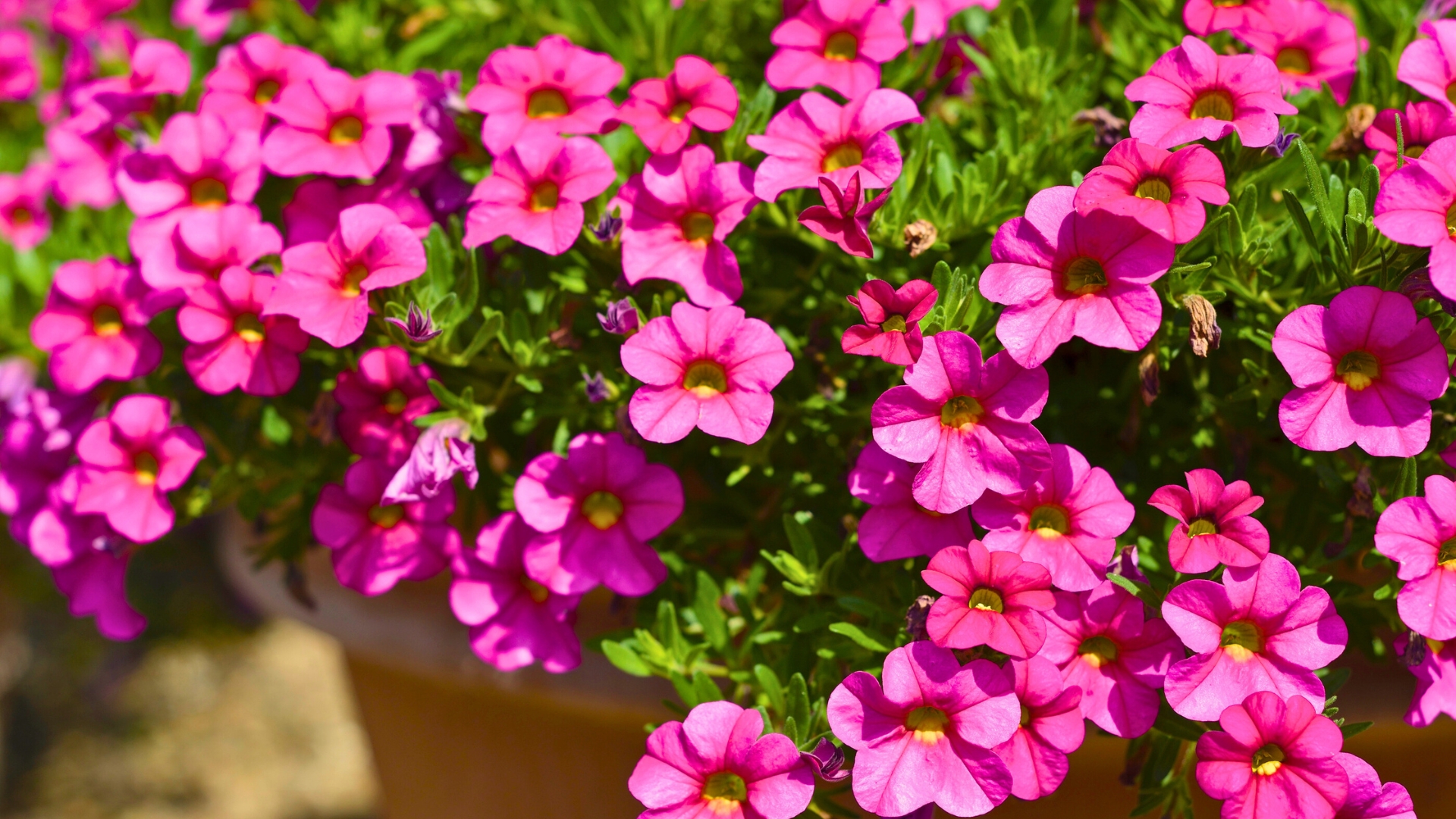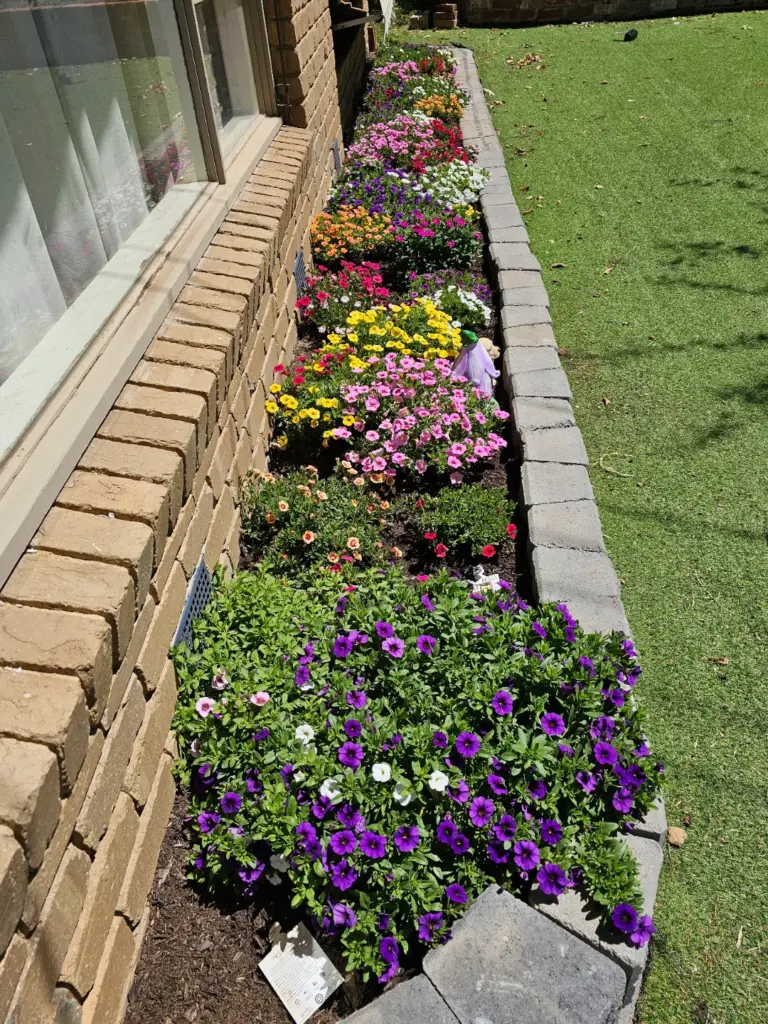13 Tricks That Could Make Growing Calibrachoa Easier For You
Calibrachoa light up gardens with endless little blooms that seem to have a life of their own. A few smart tweaks in care can make managing them feel smoother.
From choosing the right spot to keeping their soil happy, small changes really matter. Seeing their colors spill over pots and hanging baskets is always a treat.
Trying out these 13 tricks could make growing calibrachoa a lot more manageable.
1. Perfect Pot Selection

Choosing the right container makes all the difference for these trailing beauties. Calibrachoa roots need excellent drainage, so select pots with plenty of drainage holes and lightweight soil.
Hanging baskets showcase their cascading habit perfectly, while window boxes let them spill over edges dramatically. The plants grow 6-12 inches tall but can spread 24 inches, so give them room to show off!
2. Sunlight Secrets

Morning sunshine with afternoon shade creates the ideal environment for these flowering powerhouses. They need at least 6 hours of sunlight daily to produce those endless blooms, but protection from harsh afternoon rays prevents stress.
Eastern exposures often provide this perfect balance naturally. In very hot climates, filtered light through trees works wonderfully. Your plants will reward proper light placement with non-stop color all season long.
3. Soil Mixology
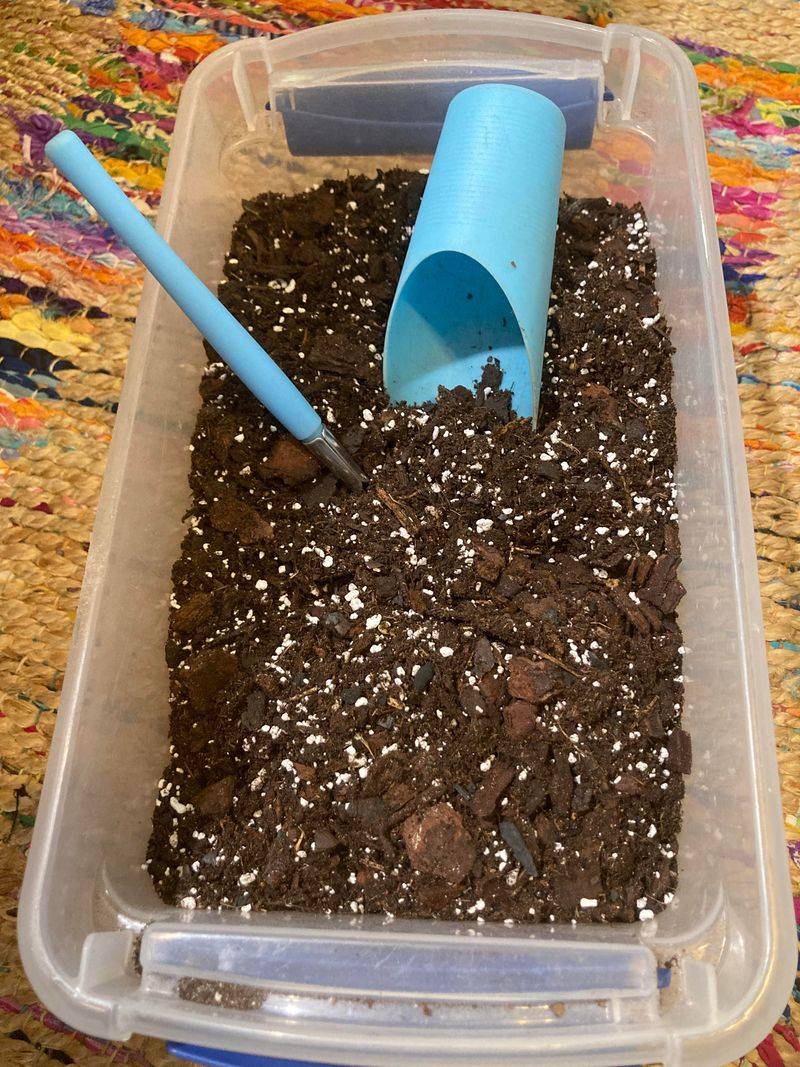
Regular garden soil spells disaster for these moisture-sensitive plants. Instead, use high-quality potting mix specifically formulated for containers, preferably one containing perlite and vermiculite for drainage.
Adding a handful of coco coir helps retain just enough moisture without waterlogging. The perfect mix feels light and fluffy between your fingers. Never reuse last year’s potting soil as it compacts and loses nutrients.
4. Watering Wisdom
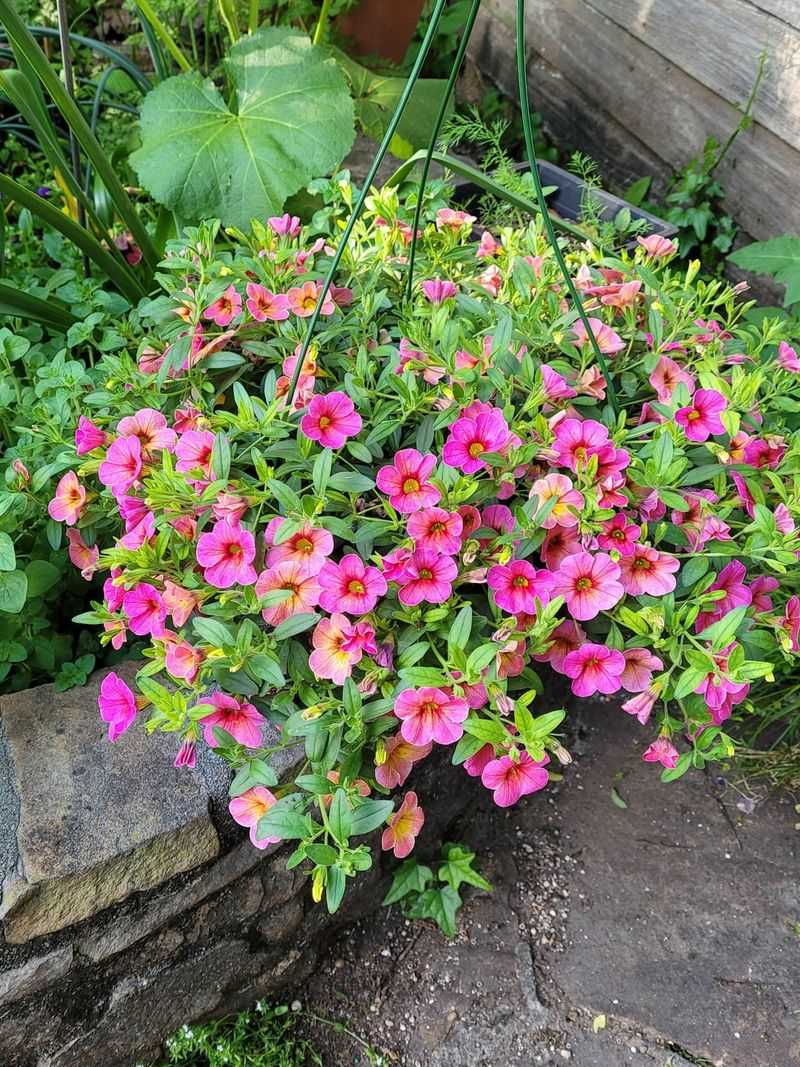
Consistent moisture keeps these bloomers happy, but soggy roots lead to quick decline. Water thoroughly until liquid runs from drainage holes, then wait until the top inch feels dry before watering again.
Morning watering gives foliage time to dry, preventing fungal issues. During heat waves, containers might need water twice daily. Stick your finger into the soil regularly – this simple test is more reliable than any watering schedule.
5. Feeding Formula
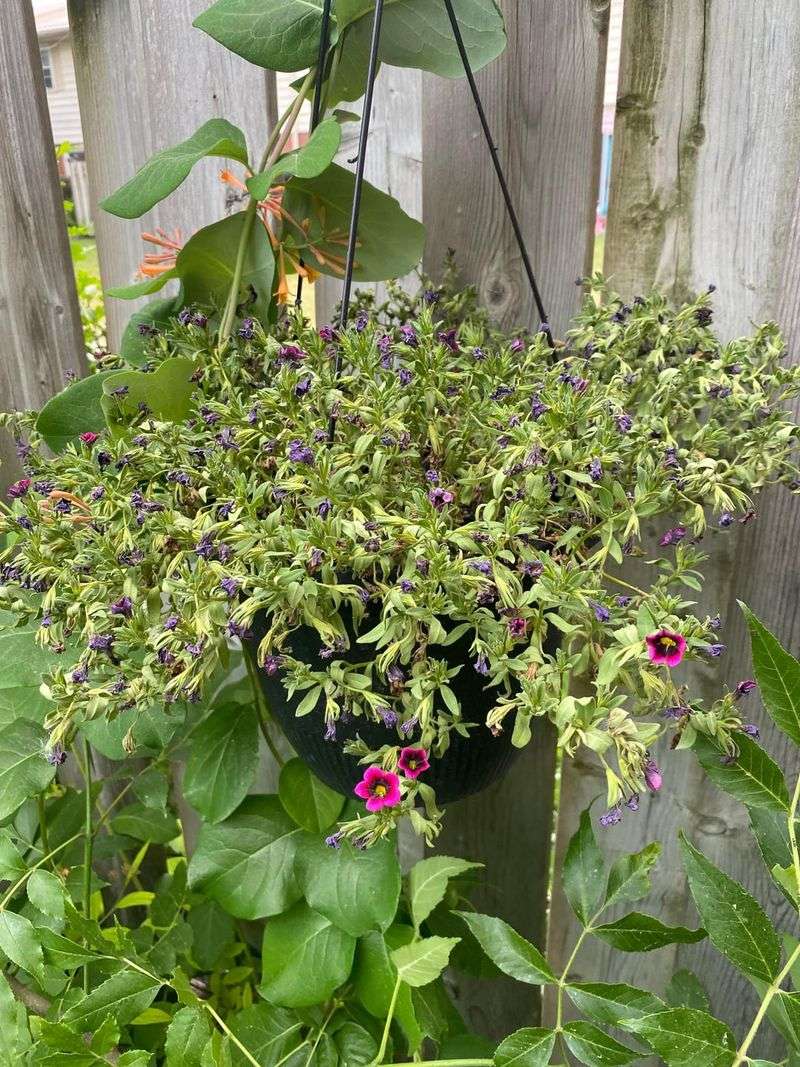
Hungry feeders by nature, calibrachoa need regular nutrition to maintain their flowering marathon. Apply water-soluble fertilizer at half-strength every two weeks during the growing season for best results.
Look for formulas higher in phosphorus (the middle number) to encourage blooming rather than leafy growth. Slow-release fertilizer pellets mixed into the soil at planting time provide an excellent base, but supplemental feeding keeps the show going all summer.
6. Deadheading Tricks
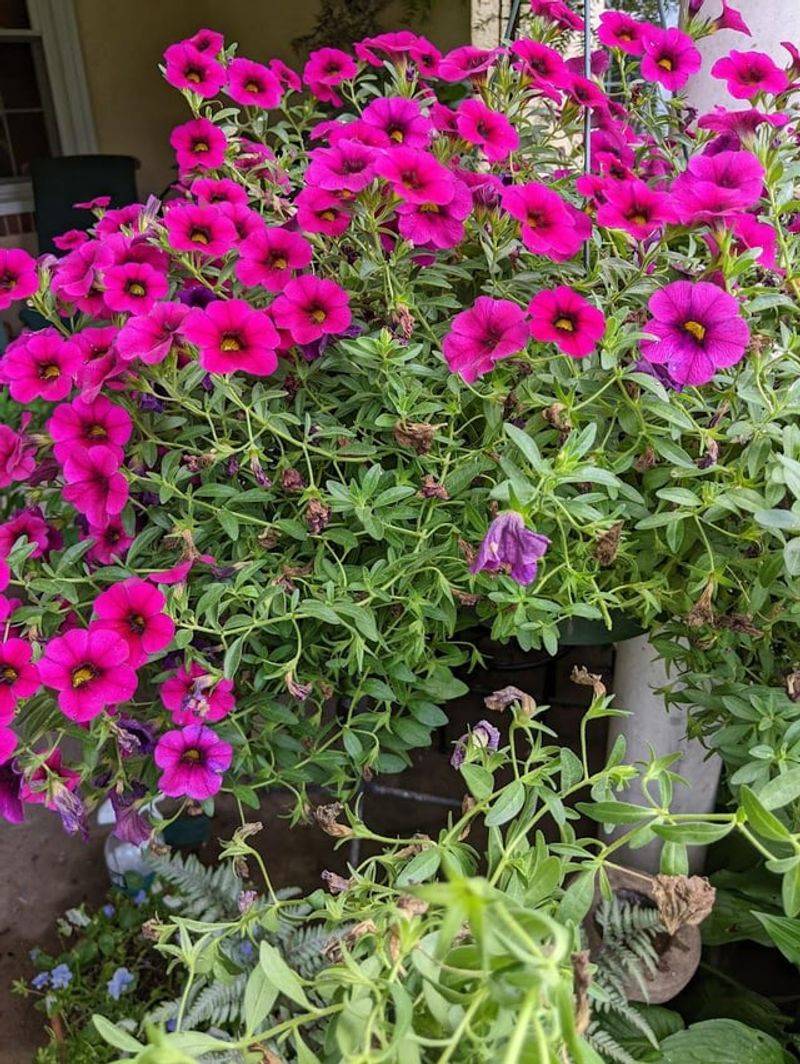
Unlike their petunia cousins, calibrachoa plants are largely self-cleaning, shedding spent blooms naturally. However, occasional light trimming keeps them looking their best and stimulates fresh flowering.
Simply pinch back leggy stems by one-third using clean scissors or your fingernails. This quick haircut encourages branching and creates fuller plants. Focus on stems that have fewer flowers or are stretching toward light sources.
7. Companion Planting
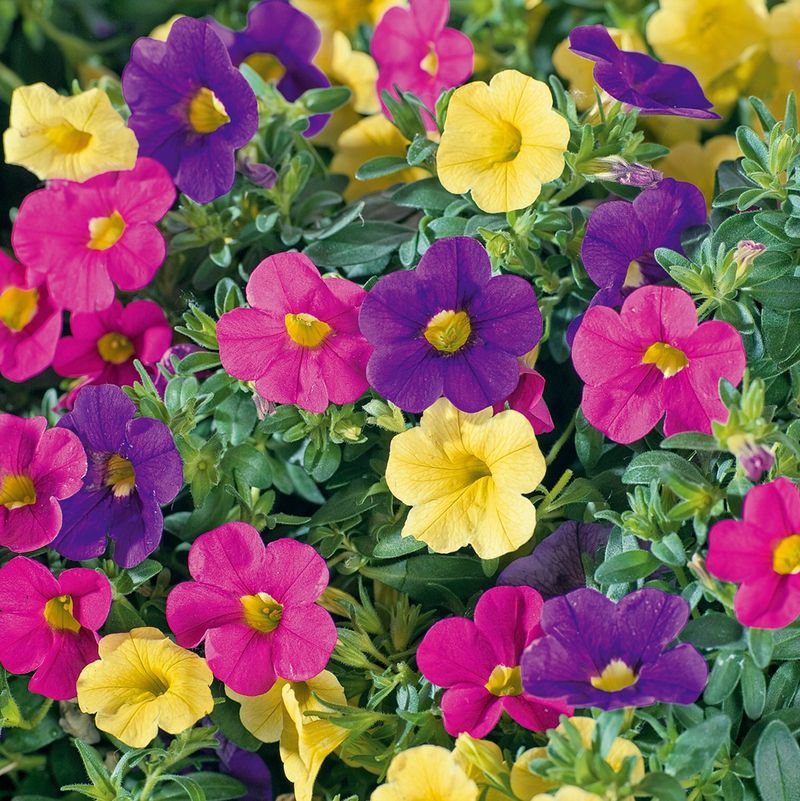
Creating stunning combinations elevates calibrachoa from pretty to spectacular. Their trailing habit pairs beautifully with upright plants like spike dracaena or ornamental grasses that add height and structure.
Silver-leaved plants like dusty miller provide elegant contrast to bright calibrachoa blooms. For maximum impact, combine different calibrachoa colors that complement each other. Just ensure all companions have similar water and light requirements for harmonious growth.
8. Overwintering Options
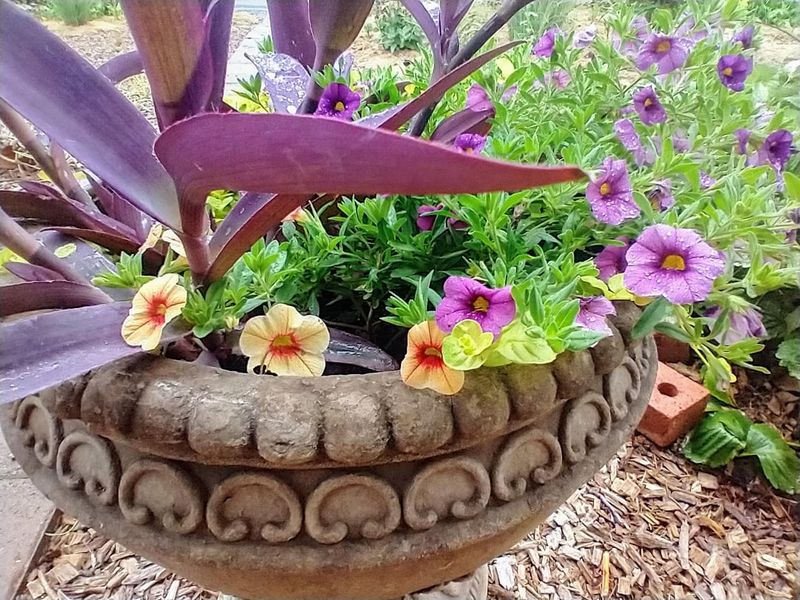
Though often treated as annuals, these beauties can return for an encore in milder climates. In zones 9-11, they’ll happily continue growing outdoors year-round with minimal protection from occasional frosts.
In colder regions, bring containers indoors before first frost and place near a sunny window. Reduce watering and hold off on fertilizer during winter months. Trim back by half to encourage compact growth, then gradually reintroduce to outdoor conditions when spring arrives.
9. Propagation Pointers
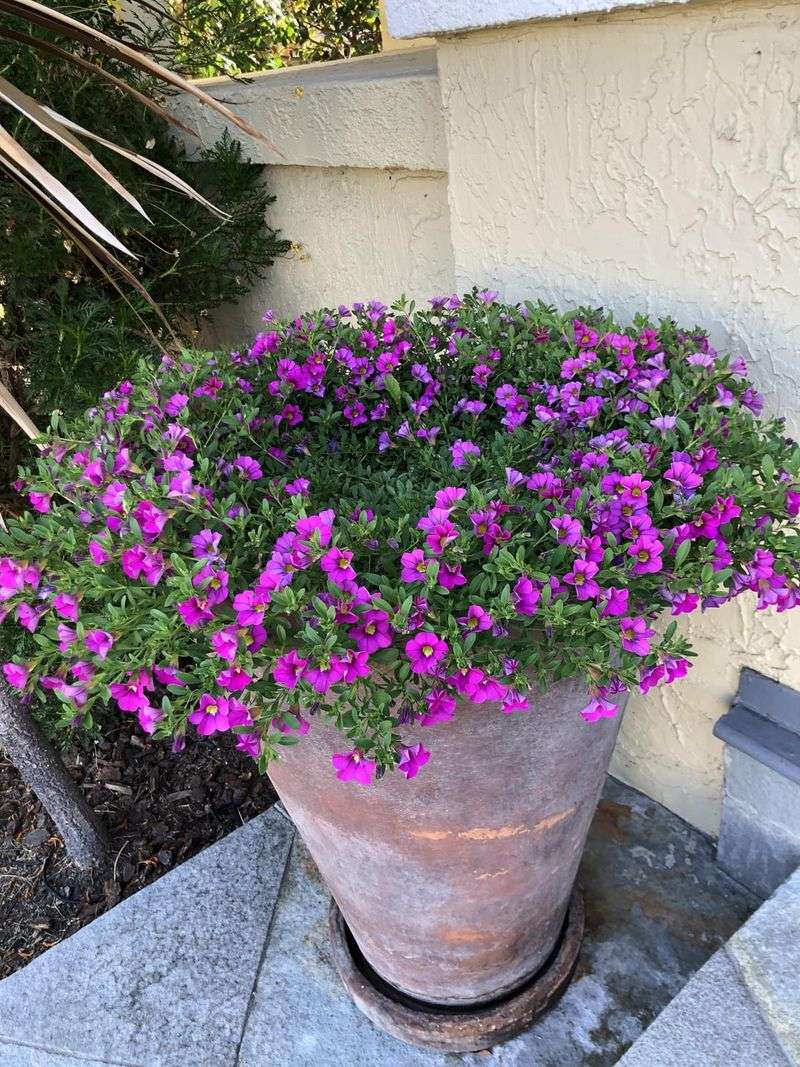
Creating new plants from your favorites saves money and preserves special colors. Take 3-4 inch cuttings from healthy stems in early morning when plants are hydrated, removing lower leaves and flowers.
Dip cut ends in rooting hormone powder and insert into moist seed-starting mix. Cover with clear plastic to maintain humidity and place in bright, indirect light. Roots typically develop within 2-3 weeks, ready for transplanting into their own containers.
10. Troubleshooting Tactics
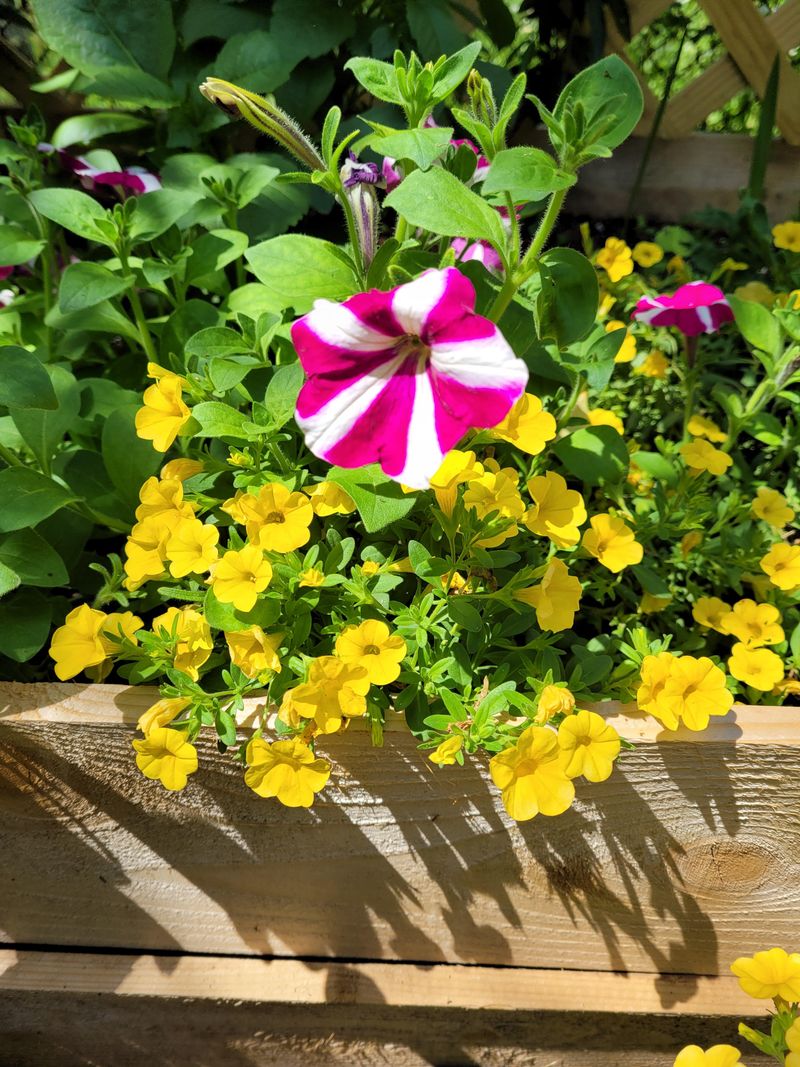
Yellow leaves usually signal overwatering or poor drainage, so check your watering habits first. Leggy growth indicates insufficient sunlight – simply move to a brighter location and trim back stretched stems.
Sticky leaves might mean aphids have moved in; a strong spray of water often dislodges these pests. For stubborn infestations, insecticidal soap works wonders. Spotty leaves could indicate fungal issues – improve air circulation and avoid wetting foliage when watering.
11. Weather Protection
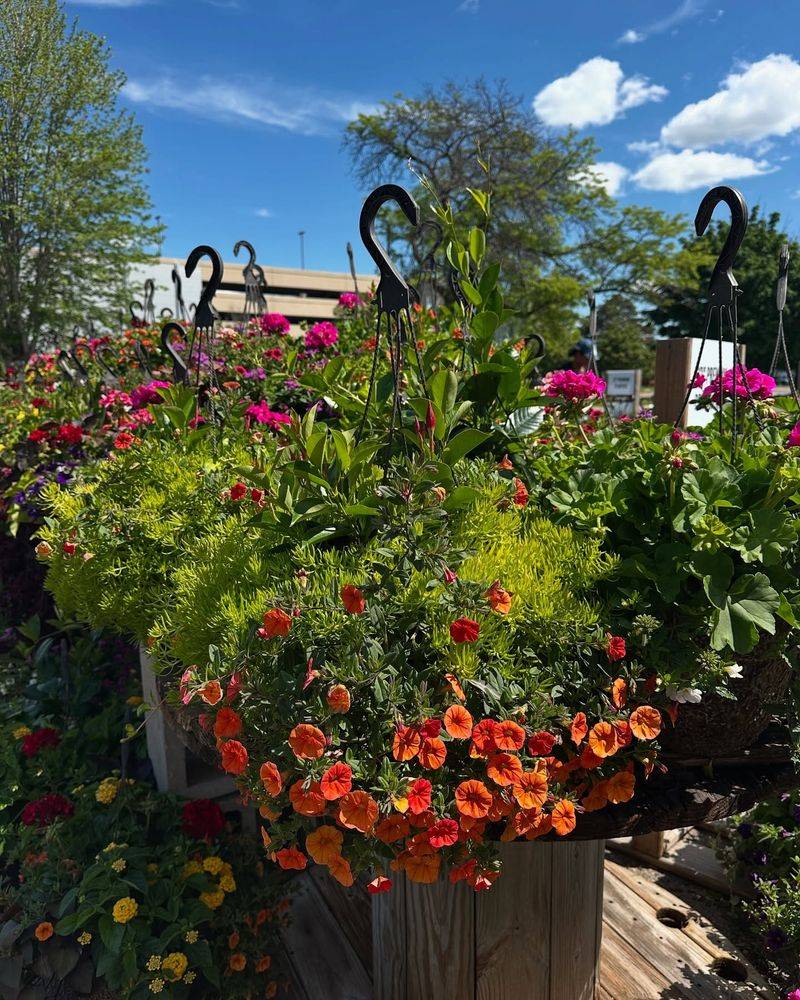
Heavy rain can damage delicate blooms and compact soil, while strong winds might break trailing stems. During severe weather forecasts, temporarily relocate containers to sheltered locations like covered porches.
For permanently positioned plants, create simple protection using clear plastic supported by stakes, ensuring it doesn’t touch foliage. Heat waves require extra vigilance – move plants to morning-sun-only positions and increase watering frequency until temperatures moderate.
12. Color Selection
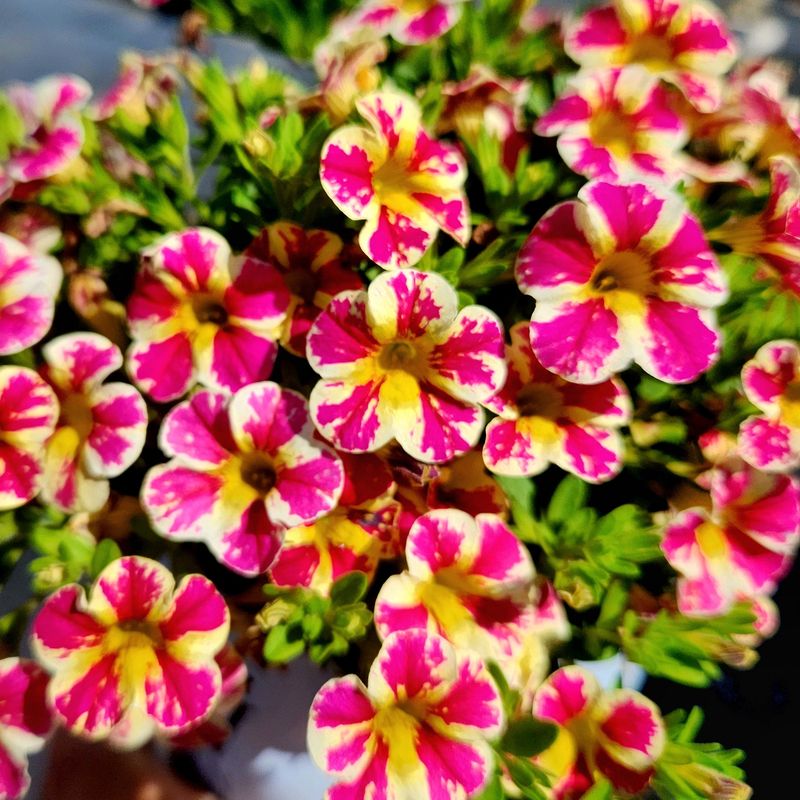
With varieties spanning nearly every color except true blue, choosing can feel overwhelming! Start with colors that complement your outdoor space – coral tones pop against blue houses, while purples look stunning against yellow structures.
Consider temperature effects too – pink and red varieties show best in cooler weather, while yellows and oranges maintain vibrancy during heat. Multi-colored varieties like ‘Chameleon’ change hues as flowers age, providing evolving displays throughout the season.
13. Pruning for Shape
Light pruning keeps calibrachoa looking tidy and encourages fuller growth. Snip back any overly long or unruly stems by one-third, focusing on sections that appear sparse or leggy.
This simple maintenance helps maintain a balanced, cascading habit in hanging baskets and containers. Regularly shaping your plants ensures blooms are evenly distributed, giving your garden a lush, vibrant appearance all season long.

